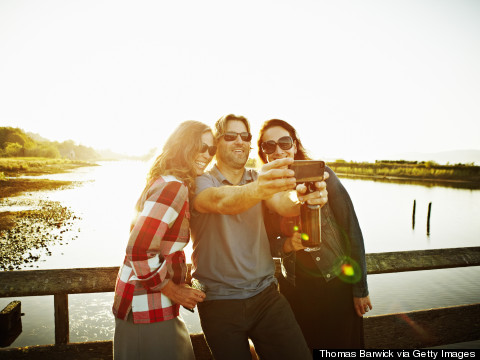
16 Dec The Psychology of Selfies
What’s out there in the cyber world today may be too many pics of – you! Are you selfie-obsessed? I found this article in the Huff Post Healthy Living that addresses the proc and cons of the socio-cultural phenomenon – which by the way is not new to now.
We do it from the mundane comfort of our bedrooms and offices and to commemorate special occasions, like a beach vacation or the high school prom. It has its own spot in the dictionary, right next to “selfhood” and “selfish.” And this year it earned its place as the Oxford English Dictionary’s 2013 Word Of The Year. The selfie has taken over our culture — and our smartphones.
The rise of the selfie has become universal — between presidents, popes, celebrities and citizens alike — and the trend is only continuing to grow. A recent survey conducted by the Pew Internet & American Life Project found that 54 percent of Internet users have posted original photos online. And of those hundreds of millions of photos, many are of the self-depicting variety. For example, currently there are nearly 62 million tagged selfie photos on Instagram, the social media tool that has significantly contributed to the personal portrait’s popularity. That figure, which continues to rise every day, doesn’t even begin to include the selfies shared on Facebook and Twitter.
Despite its dictionary definition, which describes the selfie as “a photograph taken of oneself, typically with a smartphone or webcam and uploaded to a social media website,” the first mention of the word can be traced back to an Australian online forum from 2002 — long before the days of the iPhone’s front-facing cameras and the popularity of social media…
For the rest of the story on Selfies, click here.
(Unless you are too busy snapping selfies.)



Sorry, the comment form is closed at this time.